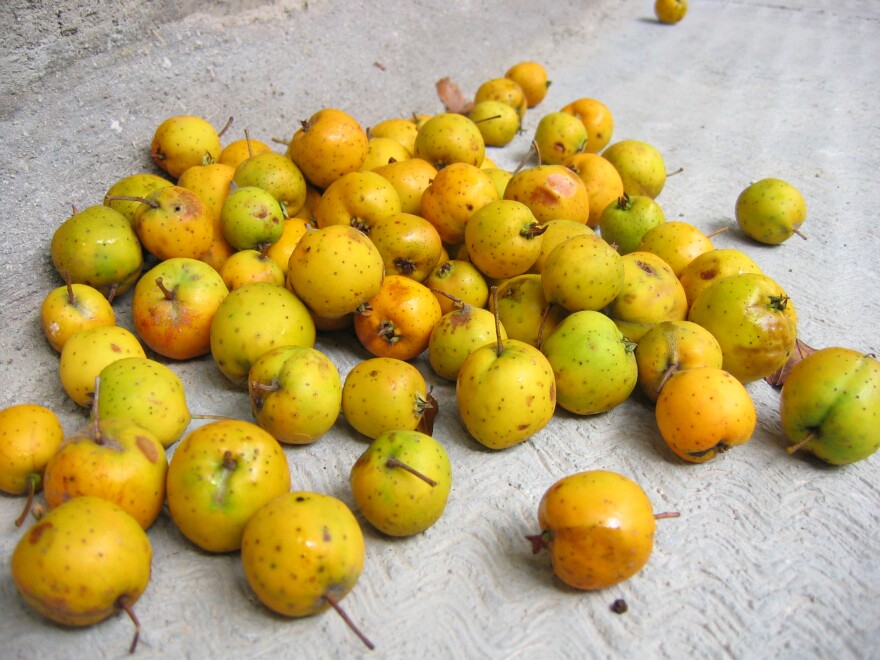There are many ingredients which shape a culture, or, more respectfully, a nation. After all, there were numerous nations which evolved over many, many centuries in what we know now as the New World. David Bowles, an expert in Nahuatl, can help us find clarity in understanding how all these cultures came to migrate into a part of the world previously untouched by humans.
“The clearest evidence we have in terms of archeology and DNA and so forth, is that they came across the Bering Strait,” Bowles says. “It wasn't just like one group that came across and everybody else descended from it, but they came across in waves during the Ice Age, you know, perhaps as early back as 35,000 years... but definitely by about 15,000 years ago, these groups that had made their way into North America and were spreading down into Central and South America.”
Regarding languages found in the New World, Dr. Bowles debunks attempts to relate Native American languages to Asian languages.
“Most of the similarities that people find are statistically able to happen by chance. It is statistically possible for languages that have hundreds of thousands of words to create words for things that have similar sounds, and especially words that are onomatopoeic in origin, especially words that imitate the babble of children,” Bowles explains.
“So just about everywhere on the around the world, Mama, Baba, Papa, Dada, these are words that, if they don't align exactly with what they do in English, still signal some relative. Parent, grandparent, something like that.”
Believe it or not, Bowles says you may already know some words in Nahuatl.
“I think that a lot of people know the Nahuatl terms that have even come into English through Spanish, from avocado, chocolate, but all kinds of other food stuffs and birds and plants and so forth.”
Wouldn't you know those words would be foods! Listen in the embedded link below as soprano Lourdes Ambriz gives us a little lesson about the fruit known as tejocote. The name comes from the Nahuatl language.
Nahuatl, the language of the Aztecs, shows up often on maps of Mexico City. For instance, the historic floating gardens of Xochimilco on the southern edge of the city gets its name from the combination of the Nahuatl words xochil and milli, and means “where the flowers grow.” Manuel Ponce wrote a piece for solo piano called "Barcola Mexicana 'Xochimilco.'”
We’ll end this episode with David Bowles reading of one of the numerous Nahuatl poems he has translated and published. (Listen using the audio player at the top of this page.)
“First, let all be friends. May we recognize one another through these flowers. Hymns will be intoned and we will leave for his home, only our story survives forever here on earth, when we have abandoned our sadness, our songs, then we'll all be recognized. Hymns will be intoned, and we will leave for his home. Only our story survives forever, here on Earth. My soul hears the songs, and I weep, I grieve for those blooms. We will abandon the earth where we just lustily lend them. Oh, we will leave for his home.”
Ruben Fuentes: Camino Real de Colima
Joaquin Borges, Orquesta Filarmonica Euroamericana
Urtext 151
Echavarria: El Tejocote
Lourdes Ambriz, Cuarteto de Cuerdas Ruso-Americano
QP 82
Ponce: Barcarola Mexicana, “Xochimilco”
Alvaro Cendoya
Grand Piano GP638



